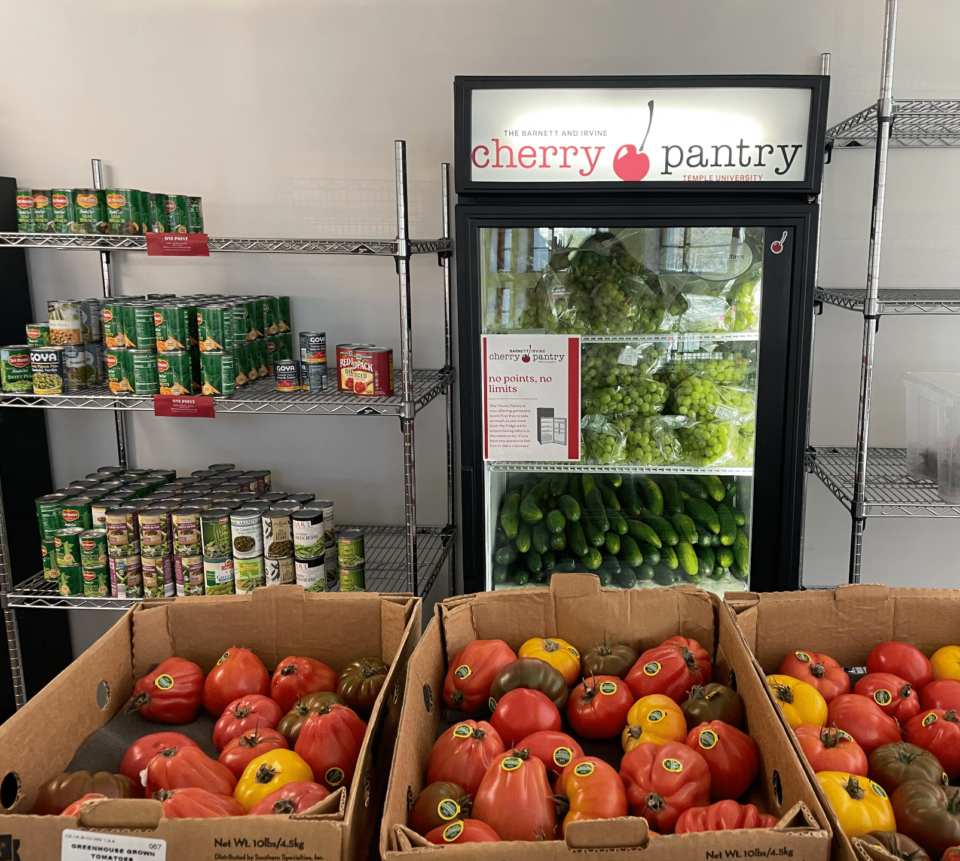There are two types of fat—saturated and unsaturated fat. Unsaturated fat can be classified as trans fat, monounsaturated fat or polyunsaturated fat. We will break down the good, the bad and the ugly for you and even make some recommendations about how to keep the good fats in and the bad out of your regular diet.
What do you want first, the good news or the bad? Let’s start with the bad and the ugly—saturated and trans fats.
Saturated Fats
The bad—this long-time food villain, saturated fat, is typically found in solid form at room temperature and liquid when heated. Butter, lard, coconut oil, cheese, cream, red meat and poultry skin are all foods high in saturated fat. Most of the heavy-hitters come from animal sources like red meat and full fat dairy.
So, what gives this type of fat such a bad reputation? Well, consuming a diet high in saturated fats can lead to high cholesterol levels in the blood. With increased cholesterol comes an increased risk for more serious conditions such as heart disease. In addition, foods high in saturated fat have been linked with higher risk for diabetes and some cancers.
Because your body already makes all of the saturated fat it needs to function naturally, the American Heart Association recommended that you limit saturated fats to about 5–6% of your caloric intake. That is about 120 calories or 13 grams of saturated fat per day in a 2,200 calorie diet.
To limit the amount of saturated fats you consume, opt for lean meats and poultry without the skin and stock up on fish, low-fat dairy, nuts, whole grains and, of course, fruits and veggies.
Trans Fats
Moving on to the ugly—trans fats. This type of fat is found naturally in small quantities in foods made from animal like dairy and meat. The ugly types of trans fats are those made artificially by adding hydrogen to innocent vegetable oils to make them more solid, hence the term “partially hydrogenated oil.”
These fats are worse than saturated fats because they have been shown to increase bad cholesterol (LDL) and decrease good cholesterol (LDL).
Trans fats are found in high numbers in processed foods that have hydrogenated oil added to prolong shelf life and enhance flavor. Be sure to read the food labels and steer clear of anything that has hydrogenated or partially hydrogenated oil listed as an ingredient. Better yet, try your best to stay away from most processed foods period—that’s your best bet!
Monounsaturated Fat
So, now for the good fats—yes, there is such a thing. Monounsaturated fats are typically found in liquid form at room temperature but turn solid when chilled. Olive oil and canola oil are high in monounsaturated fats.
Where saturated and trans fats can increase your cholesterol levels, monounsaturated fats can actually help lower your bad cholesterol levels when substituted for saturated fats and, thus, cut your risk for heart disease. Bonus—they are also high in healthy nutrients like vitamin E.
The key here is to consume these fats in moderation to maximize the benefit to your health.
Polyunsaturated Fat
The other good guy, when it comes to fats, is polyunsaturated fat. Similar to monounsaturated fats, these fats are liquid at room temperature but begin to solidify when chilled. Soybean oil, corn oil, sunflower oil and fatty fish are high in polyunsaturated fats.
This fat can also help reduce your bad cholesterol and carry essential nutrients, just like monounsaturated fat. But, it has the added bonus of providing the body with omega-6 and omega-3 fatty acids, fats that the body needs but cannot make itself. Omega 3 fatty acids are particularly important.
To make sure that you get enough of this healthy and helpful type of fat, be sure to eat fatty fish like salmon, mackerel and trout twice a week as well as a moderate amount of walnuts, soybeans and sunflower seeds.
Learn more about healthy eating and weight loss through our Outpatient Nutrition Program.
This message brought to you by Penn Medicine Chester County Hospital.



